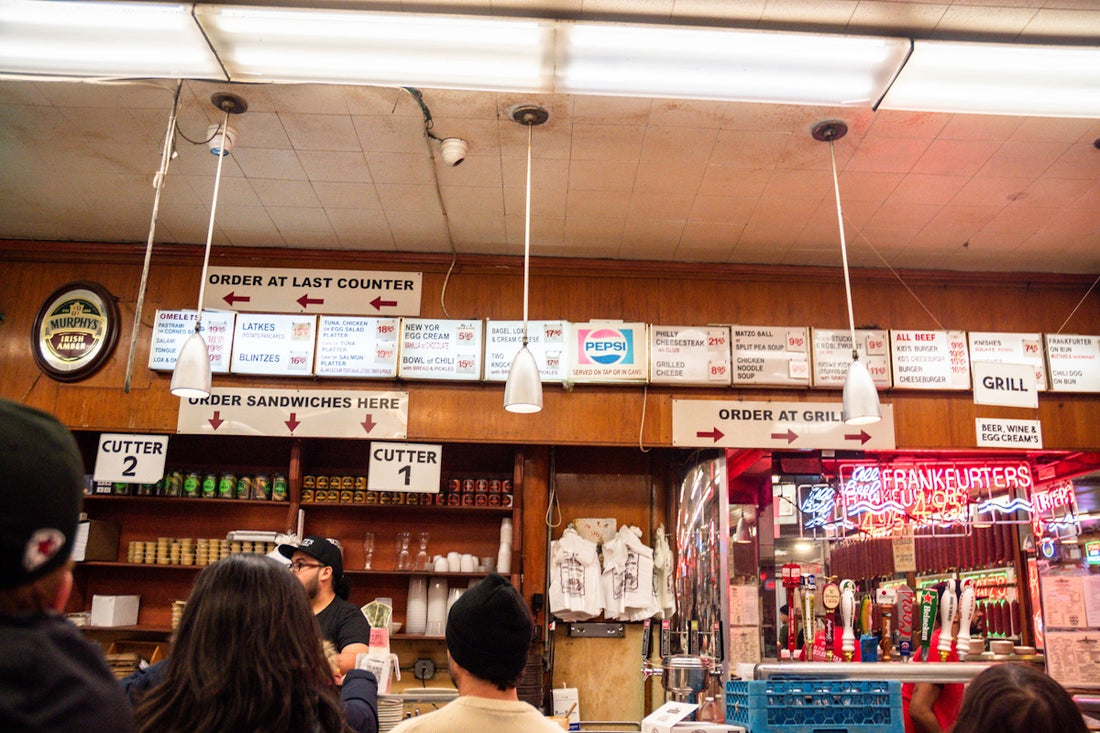
Understanding Sourdough Fermentation: Crafting Your Organic Starter
Welcome to "Italian Sourdough", where your journey in exploring the intricate world of sourdough fermentation begins! If you've ever savored the complex flavors and chewy textures of a well-baked sourdough bread, you know that this culinary delight starts with a healthy, bubbly sourdough starter. A sourdough starter is not just about making delicious bread; it's about understanding the science and art of fermentation, developing a personal connection to your food, and enjoying the numerous benefits that come with organic sourdough baking.
The Magic of Sourdough Fermentation
Sourdough fermentation is an ancient method of bread making that relies upon wild yeast and lactic acid bacteria. Unlike commercial yeast, which provides a swift rise and one-dimensional flavor, wild yeast fermentation offers a complex palate and a myriad of health benefits. The benefits of sourdough fermentation include improved digestibility, lower glycemic index, and the ability to act as a prebiotic. Intriguingly, sourdough is also a viable bread option for diabetics, given its ability to moderate blood sugar levels.
Crafting Your Organic Sourdough Starter
A sourdough starter is the heart and soul of making delectable homemade sourdough. To create your organic starter, begin with equal parts of whole grain flour and water. Over days or weeks, wild yeasts and bacteria from your environment colonize this mixture, producing carbon dioxide and lactic acid—hallmarks of a healthy starter.
- How to Feed Sourdough Starter: After your initial start, you'll need to adopt a sourdough starter feeding schedule, typically feeding it daily with fresh flour and water.
- Sourdough Starter Feeding Schedule: Regular feeds (every 12–24 hours) are crucial to maintain yeast activity and viable bacteria. Use a Sourdough Starter Jar Kit that comes with tools for managing your starter efficiently.
- How to Store Sourdough Starter: For long-term maintenance, you can refrigerate your starter in airtight glass jars, like those provided in our 35oz Wide Mouth Bread Baking Sourdough Jar Kit.
Check out our Sourdough Starter Jar Kit for all the essentials!
Transforming Starter into Bread: From Dough to Loaf
Once you have a robust, active starter, it's time to embark on the next phase of your sourdough journey—baking bread. Here’s your guide to make an easy sourdough bread:
- Mixing and Bulk Fermentation: Combine your active sourdough starter with flour, water, and salt.
- Shaping: Learn how to shape sourdough bread with precision to create loaves of beautiful articulation.
- Proofing: Use a Proofing Basket Set for your dough to rest while developing flavor and structure.
- Scoring and Baking: Master the best sourdough scoring techniques to allow your bread to expand gracefully.
For shaping and proofing your dough, our Sourdough Bread Baking Supplies are precisely what you need.
Sourdough Troubleshooting: Common Challenges and Solutions
Despite its natural allure, sourdough baking presents its challenges. Here are some sourdough starter troubleshooting tips:
- If your dough doesn’t rise: Check the activity of your starter. A sluggish starter often means it needs more frequent feeds or warmer temperatures.
- If your bread is too dense: This might be due to insufficient fermentation time or improper shaping. Experiment with fermentation durations, allowing for longer proofing times if necessary.
- Achieving a Crispy Sourdough Crust: Use a Dutch oven, like our Enameled Cast Iron Bread Pot to create the optimal steamy environment needed for a crusty exterior.
Expanding Your Sourdough Repertoire: Beyond the Loaf
The versatility of sourdough extends beyond traditional loaves. Use your sourdough starter discard recipes to reduce waste while expanding your palate:
- Sourdough Pizza Dough: Known for its perfect balance of crispness and chew.
- Sourdough Bagels: Homemade bagels that bring authentic texture and flavor to your breakfast.
Equip yourself with a 12-inch Pizza Oven to truly relish a sourdough pizza akin to professional quality.
Is a Legacy Starter Better?
An intriguing aspect of sourdough culture is the idea of inherited starters. While there's romance in using a sourdough starter with a long legacy, know that a fresh starter can be equally vibrant and rewarding. The key lies in consistent feeding and maintenance.
Comparing Sourdough and Conventional Bread
How does sourdough vs regular bread compare? Sourdough offers a fermentation process that results in a distinctive taste, longer shelf life, and numerous health benefits. Artisan bread baking with wild yeast fermentation elevates the overall bread-making experience beyond just nutrition, into a craft filled with personal satisfaction.
Engage with 'My Sourdough Life'—a commitment to nurturing your starter that rewards patience with exquisite taste.
For more on the art and science of sourdough baking, explore our resources at italiansourdough.com. Start creating and enjoying the wholesome experience of sourdough baking at home, with confidence in each flavorful bite. Happy baking!
